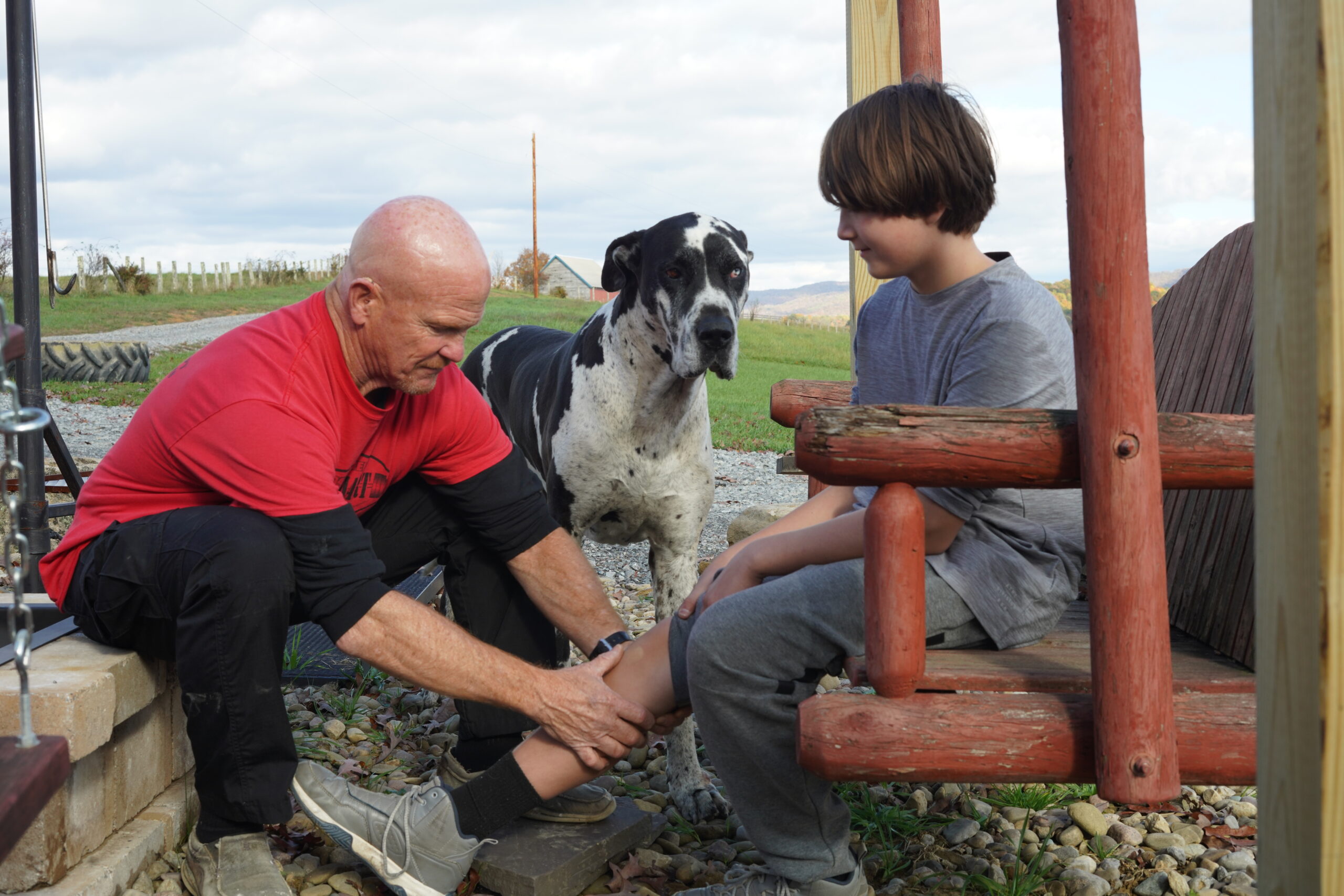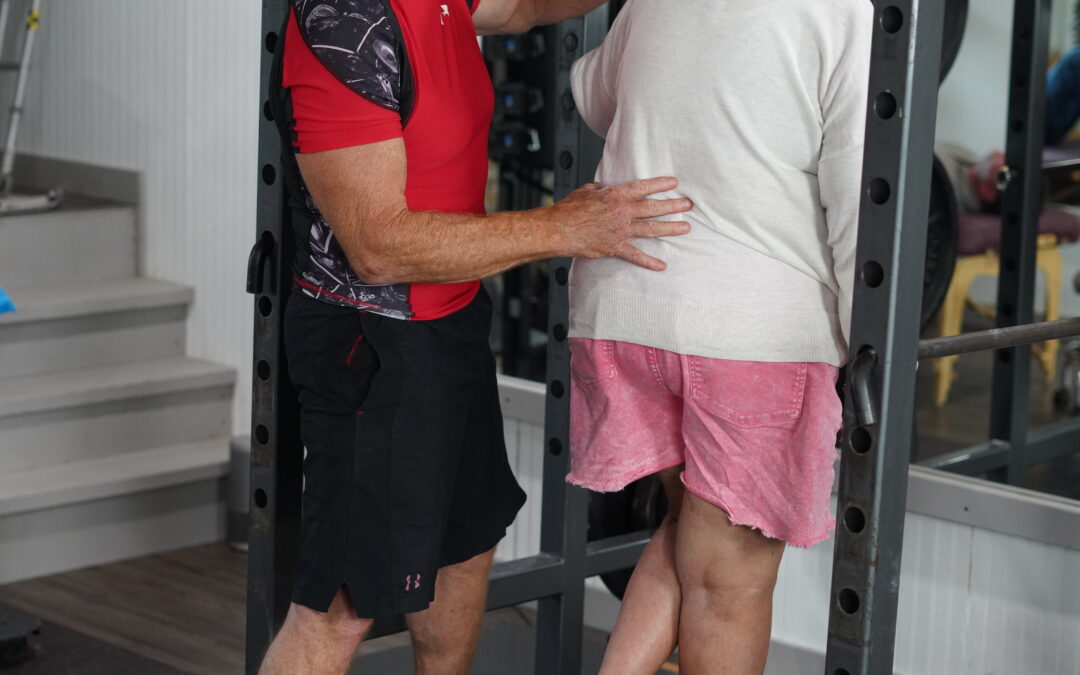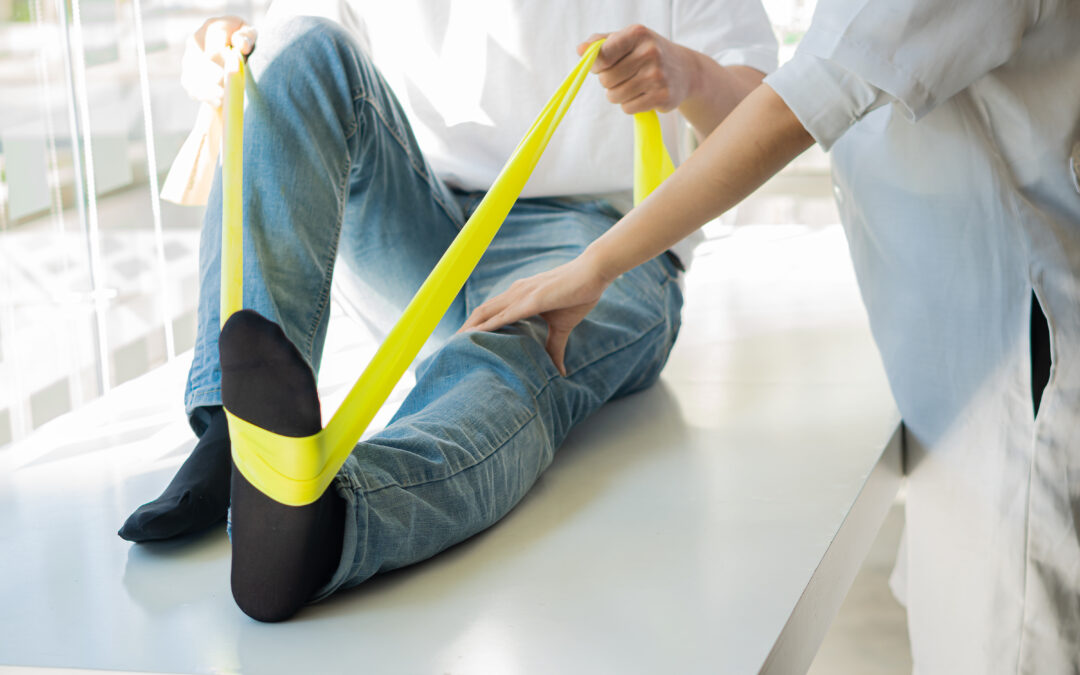Almost anyone who has attempted jogging or playing team sports where conditioning is involved has likely experienced pain along the long tibia, or “shin” bone of the lower leg. The term often used for this condition is shin splints. Anyone who’s experienced it can confirm that it is a painful, often debilitating, and nagging condition.
Many articles in runners’ magazines, sports injury texts, and research papers have attempted to define the condition, offer treatment, or identify ways to prevent this injury. Various running gurus, coaches, athletes, doctors, athletic trainers, and physical therapists have also chimed in to offer suggestions.
The result is a wealth of information—not all of which is accurate or helpful.
What Causes Shin Splint, and How to Treat the Condition
Shin splints is a generalized term used for overuse syndromes involving the leg muscles that stabilize and move the ankle and foot. Initially, the leg is injured by the muscle fibers “tearing” from their periosteal attachments (where the muscle attaches to the bone).
What causes shin splints? Unfortunately, there is no clear answer. Most health professionals believe contributing factors include lack of proper conditioning before the season, absent or improper warm-up, poor flexibility of the calf and Achilles tendons, and hyper- or hypo-mobility of the foot.
And since there is uncertainty around what causes shin splints, it’s little surprise that treatment strategies are numerous and varied. Common treatments include orthotics (rigid or semi-rigid plastic-type mold to hold the foot in proper alignment with proper arch), ice, electrical stimulation, ultrasound, and stretching exercises.
These treatments have been used in combination with some success.
Why ART Might Be the Best Treatment Option
An emerging technique to treat shin splints that’s showing tremendous promise is Active Release Techniques (ART). Here’s how it works.
First, a thorough evaluation by a health professional, such as a trained physical therapist, is needed to arrive at an accurate diagnosis of which tissues are involved and inflamed. The deep posterior compartment of the lower leg is typically the site of dysfunction. Here the tibialis posterior, flexor digitorum longus (FDL), and flexor hallucis longus lie deep below the exterior surface towards the inside of the leg. Often the FDL is the culprit.
Following the evaluation, the physical therapist can identify the affected tissue and use specific manual treatment techniques (ART) to release the muscle. The treatment goal is to improve flexibility of the hips, hamstrings, and lower leg, especially the calves and Achilles.
Once treated and pain is relieved, the physical therapist should evaluate the patient’s entire lower body mechanics, core control, and arm swing during motion during the running cycle to determine the risk of reinjury. They should also be able to plan out a good total body strengthening program for the patient to prevent a recurrence of shin splints.
Need Help with Shin Splints?
If you have or think you might have shin splints, contact WELLSMART Rehab & Fitness for more information about the condition and ART treatment techniques.





